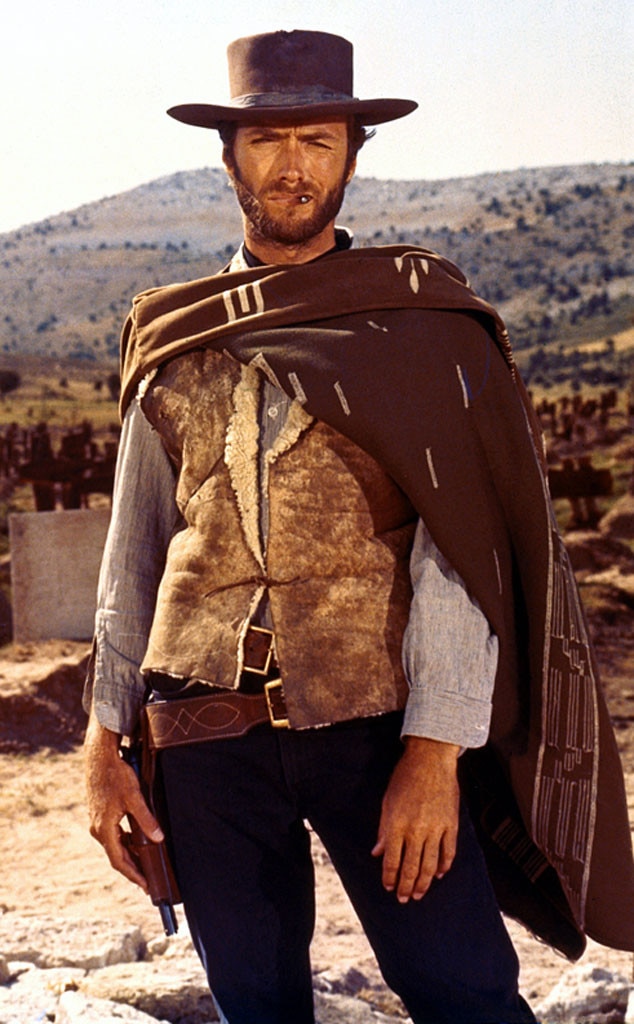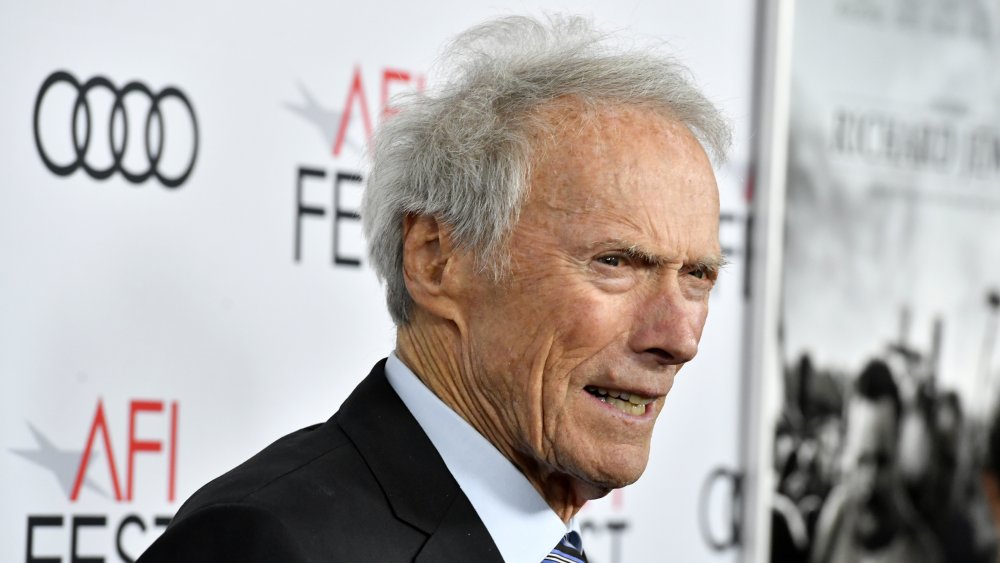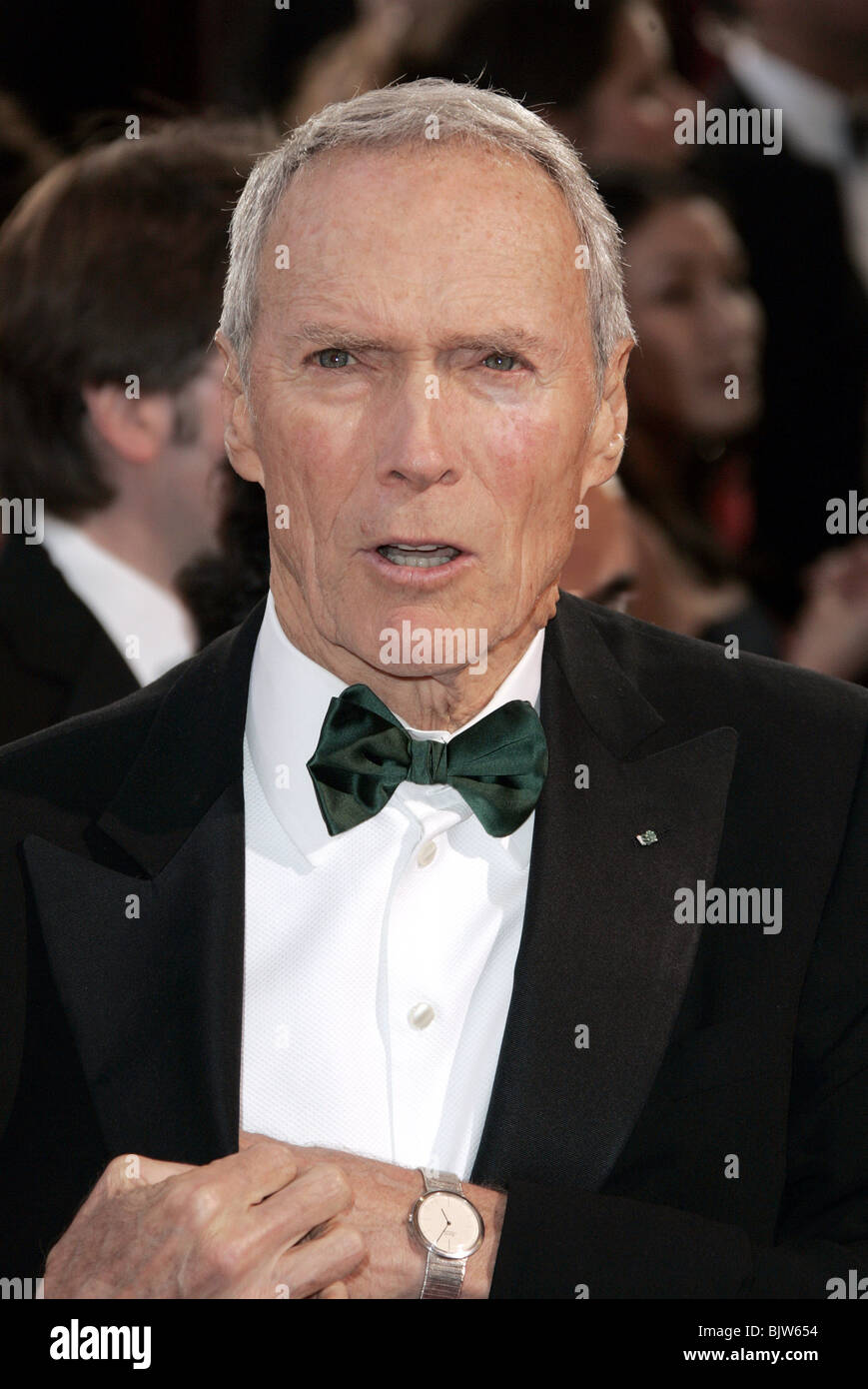Clint Eastwood, an enduring icon of American cinema, has once again proven his reputation as a truth-teller, both on and off the screen.
In a candid and revealing reflection, Eastwood named several legendary figures of old Hollywood as “the biggest creeps” he encountered or observed during his illustrious career.
This bold critique sheds light on the darker, less glamorous realities of Hollywood’s golden age, offering a stark contrast to the polished images these figures presented to the world.
Eastwood’s career, spanning over six decades, is a testament to his resilience, creativity, and unflinching honesty.
Born Clinton Eastwood Jr. on May 31, 1930, in San Francisco, California, he was raised during the Great Depression, an experience that deeply influenced his rugged, self-reliant on-screen persona.
Before achieving fame, Eastwood worked various odd jobs and served in the U.S. Army during the Korean War.
His journey from these humble beginnings to becoming a global movie star and master filmmaker is nothing short of extraordinary.

Eastwood first rose to prominence in the late 1950s as Rowdy Yates in the television western series “Rawhide.”
However, it was his collaboration with Italian director Sergio Leone in the mid-1960s that transformed him into an international sensation.
Starring in the “Dollars Trilogy,” Eastwood defined the spaghetti western genre and became the enigmatic “Man with No Name.”
His steely gaze, minimalist dialogue, and stoic demeanor became trademarks of his screen presence, cementing his status as a cinematic tough guy.
Throughout his career, Eastwood has been known for his straightforwardness and integrity, qualities that extend to his critique of old Hollywood.
In his candid assessment, Eastwood named Walter Brennan, Kirk Douglas, Clark Gable, Richard Burton, and John Ford as the “biggest creeps” of their time.
These names, while monumental in their contributions to film history, are not without controversy.
Walter Brennan, a three-time Academy Award-winning actor, is often remembered for his warm, grandfatherly screen presence.
However, Eastwood revealed a less charming side to Brennan, describing him as difficult to work with, especially toward younger actors or those he perceived as outsiders.
Brennan’s reputation for being territorial and rigid reflects the old-school Hollywood hierarchies that often alienated newcomers.

Kirk Douglas, another towering figure, was known for his commanding presence in films like “Spartacus” and “Lust for Life.”
However, Eastwood criticized Douglas for his domineering personality and abrasive behavior.
Douglas’s reputation for being aggressive and sometimes predatory toward women and colleagues painted a stark contrast to his on-screen heroism.
Eastwood’s critique highlights the darker aspects of Hollywood’s golden age, where power dynamics often led to exploitative behavior.
Clark Gable, the “King of Hollywood,” is another figure Eastwood labeled a creep.
While Gable’s charm and charisma made him a beloved leading man, Eastwood’s comments suggest a deeper awareness of Gable’s off-camera conduct.
The dichotomy between Gable’s polished public image and his troubling personal behavior underscores the complexities of Hollywood stardom.
Richard Burton, renowned for his Shakespearean talent and tumultuous relationship with Elizabeth Taylor, also made Eastwood’s list.
Burton’s heavy drinking, volatile temper, and sometimes predatory behavior in social settings contributed to his complicated legacy.
Eastwood, who values professionalism and respect, found Burton’s excesses deeply off-putting.
John Ford, the legendary director of classics like “The Searchers” and “Stagecoach,” was not spared from Eastwood’s critique.
Ford’s gruff demeanor and authoritarian style on set were well-known, but Eastwood viewed his behavior as tyrannical and demeaning.
Ford’s reputed misogyny and harsh treatment of actors and crew reveal a darker side to the filmmaking pioneer.

Eastwood’s candid remarks provide a stark and revealing glimpse into the less glamorous realities of old Hollywood.
These men, while monumental in their contributions to film history, also embodied attitudes and behaviors that today would be widely condemned.
Eastwood’s bluntness serves as both a critique of Hollywood’s past and a testament to how much the industry has evolved.
Beyond his critiques, Eastwood’s own career is a testament to his values of professionalism, respect, and artistic integrity.
From his early days as a television star to his groundbreaking work as a director, Eastwood has consistently pushed the boundaries of storytelling.
His films, often grounded in themes of justice, morality, and human complexity, reflect his commitment to authenticity and depth.

In naming the “biggest creeps” of old Hollywood, Eastwood not only sheds light on the industry’s darker side but also challenges us to reflect on the progress that has been made.
His insights remind us that even the most celebrated figures are not without flaws and that true greatness lies in the ability to evolve and inspire change.
Clint Eastwood’s legacy is one of resilience, reinvention, and relentless honesty.
Whether critiquing the past or shaping the future, he remains a quintessentially American figure—a symbol of strength, independence, and artistic excellence.
As Hollywood continues to evolve, Eastwood’s reflections serve as a powerful reminder of the industry’s journey and the importance of holding its icons accountable.
